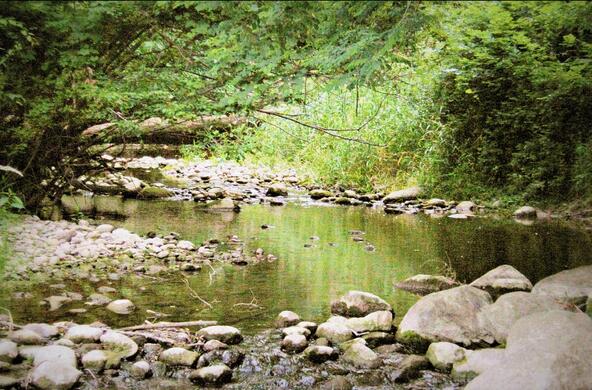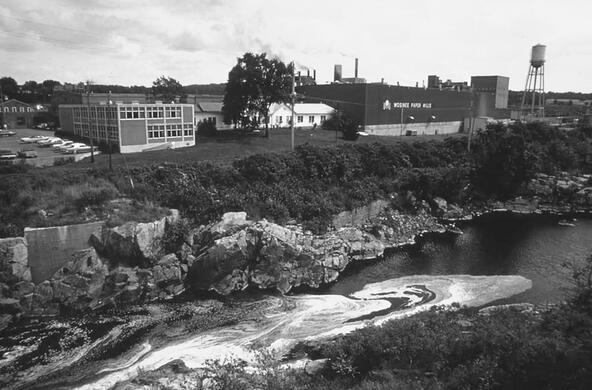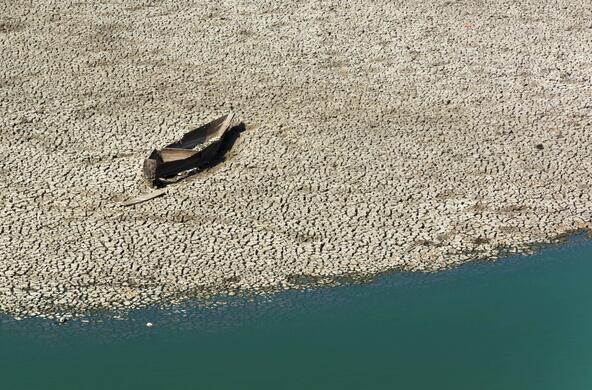Nearly everyone in the Hudson Valley has seen the shores of the Hudson River — from a park, a train, a boat or when traveling over one of its bridges. When we see where the water meets the land, how many of us have considered how different types of shorelines influence the plants and animals residing in the river?
The human relationship with shorelines is ancient. But until recently, we didn't have a scientific understanding of how shoreline modifications shaped the Hudson River's ecology. In collaboration with engineers and landscape architects, Cary Institute scientists are working on a sustainable shoreline project, with the goal of balancing human needs, such as property protection, with the shoreline conditions needed to support healthy aquatic ecosystems.
We place shorelines in different categories; natural shorelines are separated from human-modified ones. Since their purpose is often to ensure bank stability, modified shorelines are "harder" than what was present before. While some natural shorelines are "hard" because of the presence of bedrock or large stones, the majority of them are considered "soft" because they are susceptible to erosion and movement of sand and mud.
Think of a natural shoreline, say a freshwater tidal wetland. It brims with aquatic vegetation, it filters incoming runoff, and it serves as nursery habitat for young fish. But it is also susceptible to bank erosion. Now consider the most extreme example of an engineered shoreline, a vertical cement wall. While this type of shoreline ensures the stability of adjoining uplands, it is unable to support a diversity of plant and animal life. Close to half the length of the Hudson River's shoreline between the Tappan Zee Bridge and Troy has been modified by humans to some degree.
The revitalization of many towns and cities along the Hudson has brought greater interest in waterfront development, which often requires shoreline renovation. In addition, as climate change will likely translate into higher water levels and more storms in our region, there will be an increasing desire to elevate and stabilize shorelines.
Ecologists know ecosystem transitions (such as forest to grassland or, in this case, water to land) often harbor a rich diversity of plants, animals and ecological processes. A better understanding of different Hudson River shorelines can guide future modifications, so they restore ecosystem function and provide wildlife habitat, while ensuring shoreline stability.
Research has revealed which fishes and small animals prefer (or avoid) certain types of shorelines, providing insight into what may be gained or lost as one type of shoreline is converted to another. For instance, invasive plants are much more prevalent in manmade shorelines. Small fish appear to completely avoid hardened vertical shorelines, although a few larger fish are found in these habitats.
In parallel with our ecological assessment, partners in the shoreline project are determining what types of shoreline are allowed by New York state and federal law. This includes what types of engineered shoreline will protect structures such as riverside wastewater plants or oil storage facilities, while also providing habitat for a wide array of aquatic and terrestrial organisms.
Sustainably managing the Hudson River's shores depends on strong science and communication. As the project continues, we will need participation from a broad group to tell us how they hope to use the river's shorelines and what attributes they consider most valuable. Citizens and officials planning modifications of their shorelines can provide critical insight.
The project's findings will help inform the many agencies and municipalities who oversee shorelines. Ideally, this will help maximize the blend of shoreline characteristics, so as to meet requirements for property protection while allowing a range of human use and supporting plants and animals that depend on this unique and sensitive habitat.





